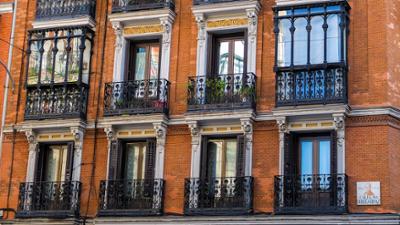

The Energy Performance of Buildings Directive (EPBD) encourages the use of automation systems
The Energy Performance of Buildings Directive, published last May, encourages the modernisation of buildings through the incorporation of advanced automation and control systems, with the objective of optimising energy use and improving occupant comfort.
The directive stipulates that any measures taken to enhance the energy performance of buildings must consider climatic conditions, including adaptation to climate change, and local specifics. Furthermore, they must consider the indoor environment and cost-effectiveness. It is important to note that such measures should not affect other applicable requirements, such as accessibility, fire and earthquake safety, and the building’s intended use.
Furthermore, the text highlights that major renovations to existing structures, regardless of their scale, present a chance to implement cost-effective measures to enhance their energy efficiency. In this context, it justifies the limitation of minimum efficiency requirements to the most relevant renewed parts, citing cost-effectiveness as the rationale. Member States have the option to define "major renovation" in terms of percentage of the building envelope area or building value.
To achieve a long-term vision, major renovation should be defined as a process that transforms buildings into zero-emission buildings, with the initial step being the transformation into nearly zero-energy buildings.
Accessibility
A comprehensive renovation project can also be an ideal opportunity to address other key areas, such as indoor environmental quality, living conditions for vulnerable households, resilience to climate change and disasters, including earthquake resistance, fire safety, removal of hazardous substances, including asbestos, and accessibility for people with disabilities.





